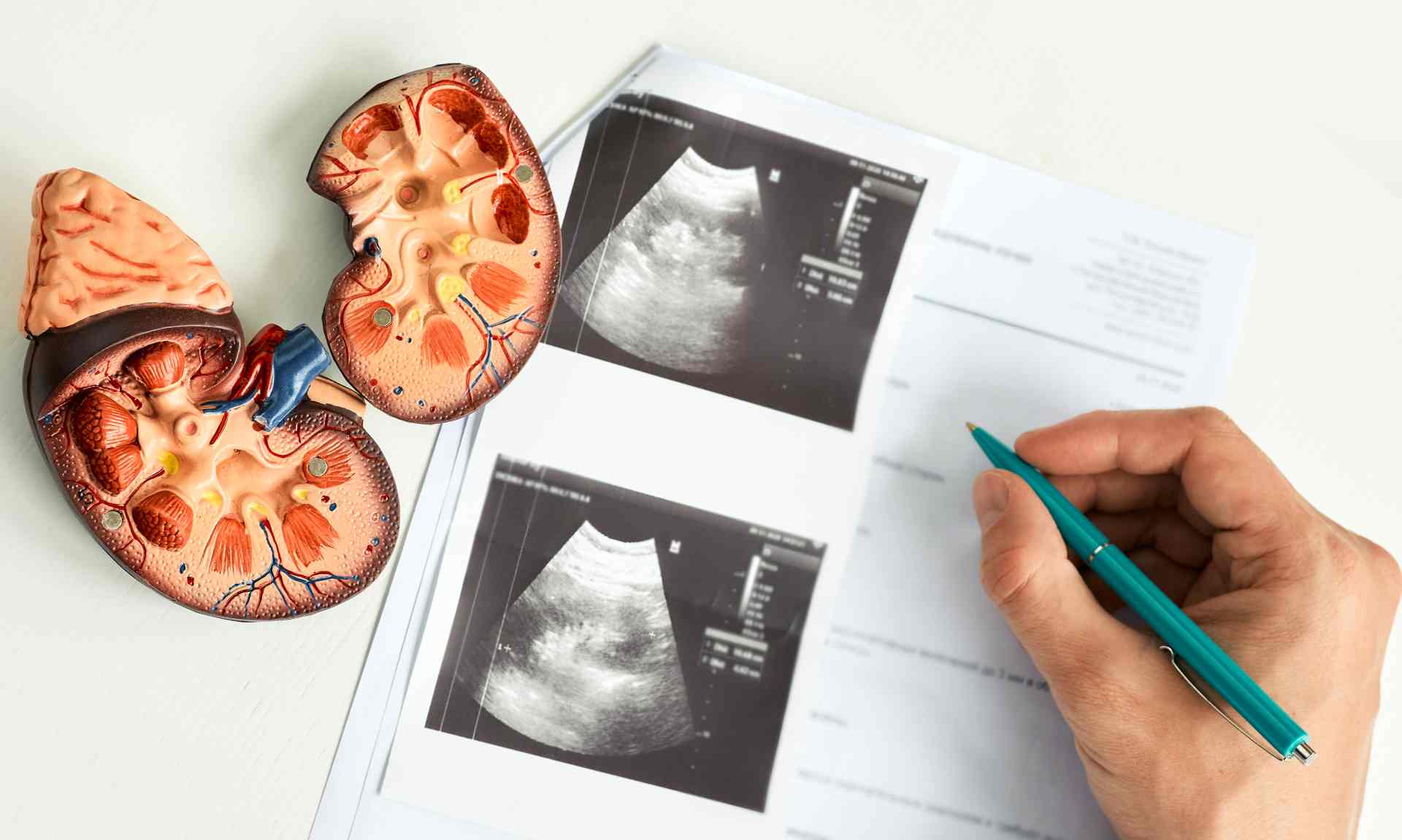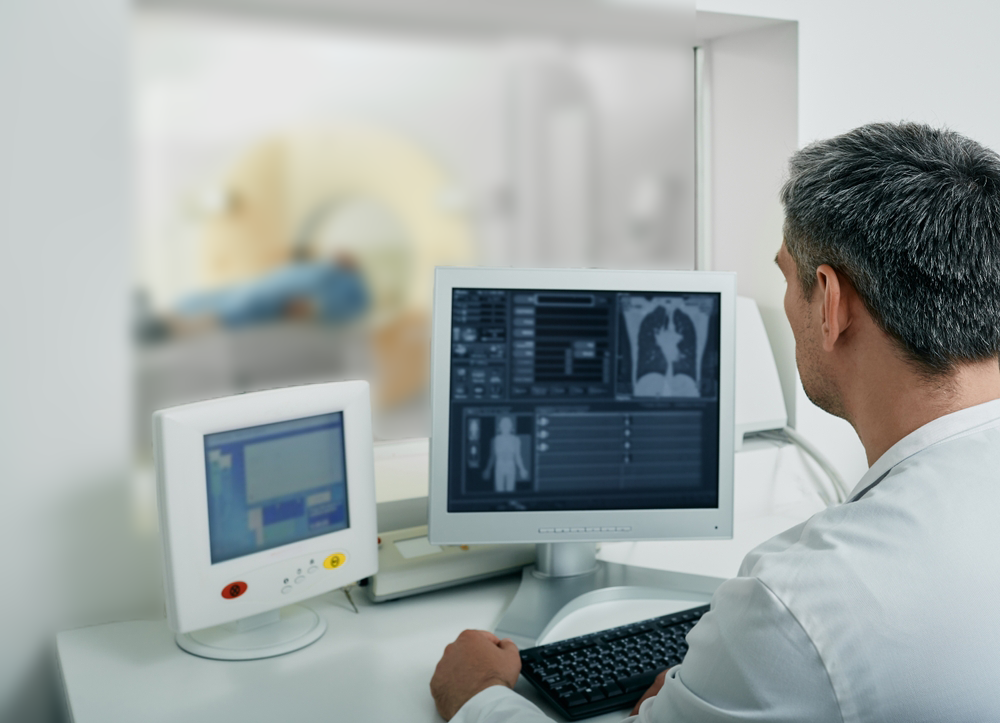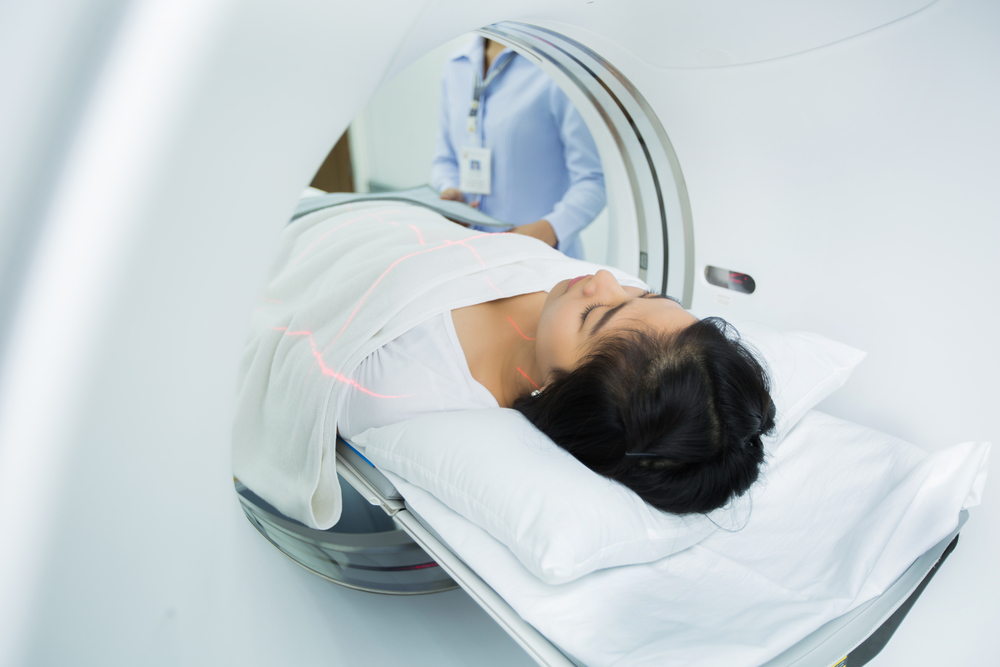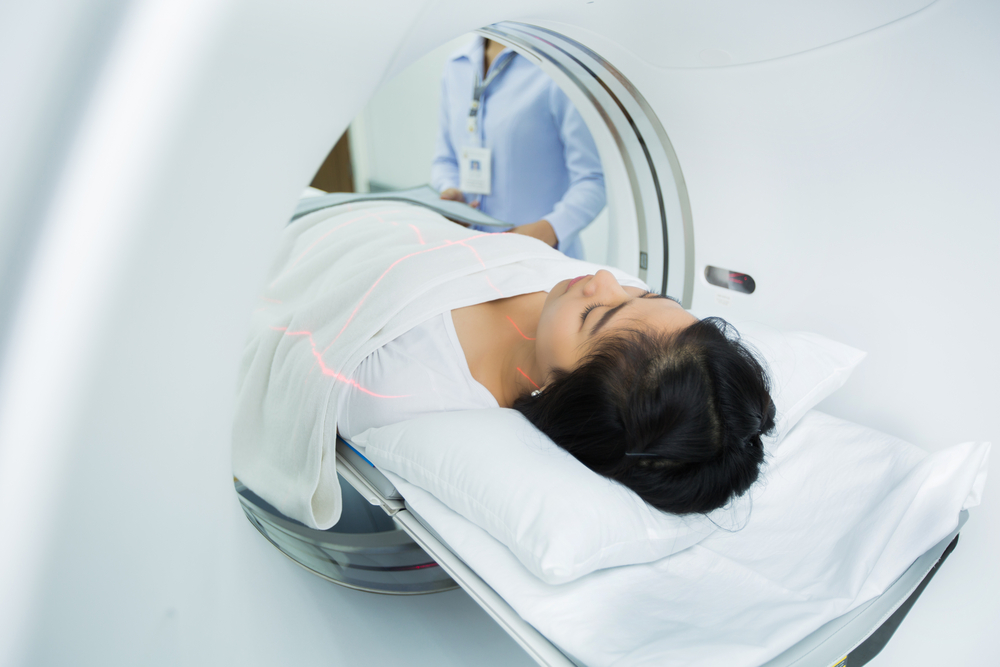Renal DTPA scan is a process for diagnosis and evaluation of kidney functioning. It involves intravenous administration of radiopharmaceutical material to assess the drainage pattern of kidneys and to.....
Renal DTPA scan is a process for diagnosis and evaluation of kidney functioning. It involves intravenous administration of radiopharmaceutical material to assess the drainage pattern of kidneys and to find out if any area is not functioning properly. This painless, non-invasive technology has revolutionised the world of medicine. The process detects all kinds of abnormalities, be it functional or structural. The top-notch evaluation helps the doctor in deciding the correct path for the treatment and treats any abnormality associated with kidneys without any invasion or surgery.
The Renal DTPA scan is a unique and efficient way to monitor the functioning of fluid flow across the kidneys.
-
Presence of cysts or tumours in the kidneys

-
Presence of swelling due to any kind of infection


Preparing for Renal DTPA scan
- When the patient is coming for the procedure, he/she is advised to bring along doctor’s prescription and any previous scan reports. This helps the radiologist in devising a plan and also in generating appropriate reports for the patient.
- The patient is asked to remove the clothing and wear the gown provided by Medanta.
- The patient will be asked to remove all the metal objects such as belt or jewellery because metal objects may interfere with the scan.
- The patient is allowed to take routine cardiac medicines and water before the scan.
- If the patient is pregnant, it should be conveyed to the radiologist and also to the doctor before taking an appointment. Also, if the patient is breastfeeding, information should be given before any radioactive substances are excreted in breast milk.

During Renal DTPA scan
The scan can be performed on an outpatient basis, or while the patient is staying in the hospital. The process usually takes 30 to 45 minutes. The patient will be asked to clear the bladder before the process begins. The line of action is usually as follows:
- The clinician will measure the blood pressure and will insert an intravenous (IV) line in a superficial vein of the arm.
- A radioactive material will be injected into the vein.
- According to the ‘glucose loading flow chart, a required blood sugar level will be obtained.
- The patient will have to sit in front of the gamma camera and remain as still as possible, as disturbance may lead to blur images.
- After the scan is complete, the intravenous line should be removed.

After Renal DTPA Scan
- After the scan, the patient will not feel any different.
- Unless stated otherwise, the patient may continue with his/her daily chores immediately after the procedure ends.
- The patient may need to drink plenty of water so that the body doesn’t feel dehydrated if a dose of diuretic is given to increase the flow of urine.
- The technician at Medanta will inform about all the probable changes that may occur, which is rare in all cases.
Renal DTPA scan is painless, and is a non-invasive procedure to monitor functioning of Kidneys. The process has been advantageous to countless patients but it also brings some risks which the patient should be aware of.
-
The scan gives an early and precise diagnosis. The procedure of PET CT scan is precise in staging and localisation of the patient. The scan offers accurate monitoring and treatment.

-
The benefits of the scan usually outweigh the risks. However, some potent risks are: Radiation exposure: the body is exposed to harmful radiation, however, the amount of exposure is within the national recommended levels. In pregnant ladies: the doctor should know about the pregnancy so that he/she can prescribe another test to save the foetus from harmful radiations. Reactions from the contrast dye: in some cases, the doctor prescribes a tracer to be administered in the vein before the scan begins. The tracer may cause allergic reactions, although, it is very uncommon.


• The unique technology of Renal DTPA scan at Medanta takes multiple images of the kidneys with a Gamma Camera which increases the accuracy and precision of diagnosis and analyses the renal functioning.
• One of the most advanced systems such as Dual head SPECT Gamma Cameras (Symbia ’E’ and Symbia ’S’) - the multipurpose SPECT systems bring in a combination of versatility and high performance.
• The Renal DTPA technology exposes the patient to a minimum amount of radiation, much less than the X-Ray.
